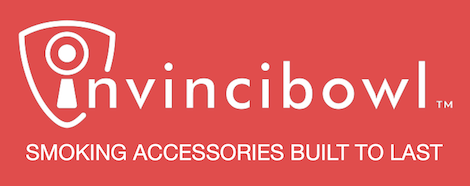A study entitled "Self-reported Knowledge of Δ9-Tetrahydrocannabinol (THC) and Cannabidiol (CBD) Potency in Cannabis Products Among Cancer Patients and Survivors: Results From a Survey of Cannabis Consumers at an NCI-Designated Cancer Center" that was published in the journal Cancer Research explored the factors associated with a cannabis-consuming cancer patient's "knowledge of THC or CBD potency in cannabis products."
The study reported that the use of cannabis among cancer patients "may introduce risks and/or benefits to cancer patient treatment and survivorship, depending on product type, composition, and nature of its use." The scientists explained that both CBD and THC display therapeutic effects, but that THC features what it called "abuse potential" and that this risk highlights the importance of patient knowledge of cannabinoid potency.
The research involved collecting data regarding cannabis use from a random sample of 343 cancer patients and survivors. Study participants completed an anonymous survey at Roswell Park. The survey asked cancer patients not only if, but also how they consumed cannabis. This included "smoking (with examples being joints, bongs, pipes, and blunts), vaping (with examples being e-cigarettes and other vaping devices), eating cannabis (including food and drinks), and oral consumption that encompassed pills and sublingual tinctures."
The study attempted to gauge a cannabis-consuming cancer patient's knowledge of the CBD or THC percentage and how that might affect various characteristics of the benefits and risks associated with the patient's consumption. The most common avenues of cannabis consumption among the survey participants were smoking and eating.
The study aimed to learn more about the sources from which cannabis-using cancer patients obtained their cannabis, how they learned about how to consume it, and other educational sources for participants.
The survey found that 27 percent of the cancer patients surveyed used cannabis. This number breaks down into 21 percent of patients in active cancer treatment who were using cannabis and 30 percent of cancer survivors. Of those cancer patients who used cannabis, eating was the most popular consumption avenue, with 59 percent of participants reporting this mode. The second most popular consumption avenue among cancer patients was smoking cannabis as joints, with 53 percent of those who used cannabis choosing this route.
More than thirty percent of those who used cannabis did so via vaping, while about the same percentage chose oral pills and sublingual tinctures. The scientists determined that less than one-third of the cancer patients who used cannabis, or 27 percent, were aware of the CBD and THC potency of the products they used.
Those who smoked cannabis were most ignorant of the potency of their cannabis. About twice as many of the cannabis consumers who chose to eat or drink their marijuana were aware of the potency of their products. The study determined that a cancer patient's knowledge level regarding the strength of the CBD and THC they were consuming was strongly associated with their particular consumption avenue.
The study concluded that cancer patients and survivors who use cannabis feature "low levels of knowledge of THC and CBD potency." It summarized that wellness practitioners and medical specialists must, therefore, be aware of these factors to ensure the protection of patients. It stated that a reliance on patient self-reporting in terms of CBD and THC potency "is unlikely to provide key information that [medical] providers require to assess risks and benefits of cannabis use in relation to cancer symptom management."
Read More, Learn More: Higher Learning LV




















